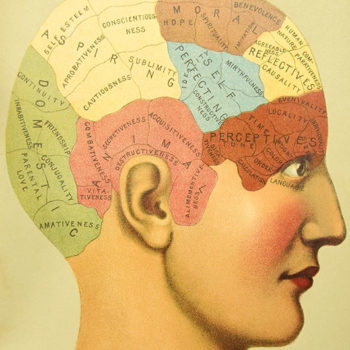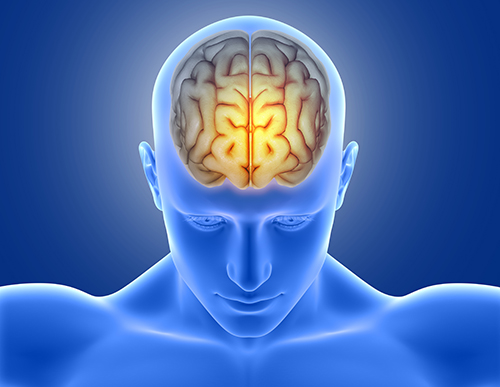Neurofeedback, also known as neurotherapy or EEG biofeedback, is a state-of-the-art therapeutic method using biofeedback to help your brain learn to increase healthy patterns of functioning. When we are shown our brainwave activity in real time, we can learn to change it. Using EEG biofeedback, your brain can be trained toward greater self-regulation. This greater control and stability can allow you to strengthen attention, concentration, and learning ability. The training leads to sustained effects, so with practice you will be able to maintain the new patterns after completing the training.

One of the best-known and most well researched applications of neurofeedback has been with ADHD and learning disorders. Where there were previously limited treatment options for these disorders, EEG biofeedback offers new options for medication-free, rapid, and enduring changes, enhancing cognitive function, academic skills, along with associated problems of behavior, affect regulation, and social functioning.
Research has shown that many kinds of psychological difficulty are associated with dysregulation and/or instability in various areas of the brain. Patterns of poorly regulated brains are seen in those with attention deficits, mood disorders, traumatic brain injury (TBI), autism spectrum disorders, post-traumatic stress disorder (PTSD), obsessive-compulsive disorder (OCD), developmental disorders, tic disorders, addictions, various impulse disorders and learning disabilities. Neurofeedback training can also improve alertness, emotional regulation, mental flexibility, and promote peak performance.


EEG biofeedback involves monitoring and analyzing brain signals picked up by surface electrodes placed on the scalp. While this happens you play a video game, making it work with your brain activity alone. The EEG itself is used to guide the feedback you receive. Brainwaves are generated by individual cells in your brain called neurons, and are a reflection of the activation of your brain. Neurons communicate with each other by electrical changes. We can actually see these electrical changes in the form of brainwaves as shown in an EEG (electroencephalogram).
Changing the brain clearly affects the mind. Restoring self-regulation to the brain allows for greater resilience and better overall control. The training produces a measurable physiological effect on the brain; it helps quiet the mind.


It is not uncommon to see a reduced need for medication as brain regulation increases. There is no way to predict a medication change. As the brain learns greater self-regulation it works more efficiently, and reliance on medication is often reduced. Not every patient’s medications are affected. For some, EEG biofeedback seems to act synergistically with medication, allowing a better response, or stabilizing the use of medication. Neurofeedback is complementary to other treatment approaches, and may help them be more effective.
